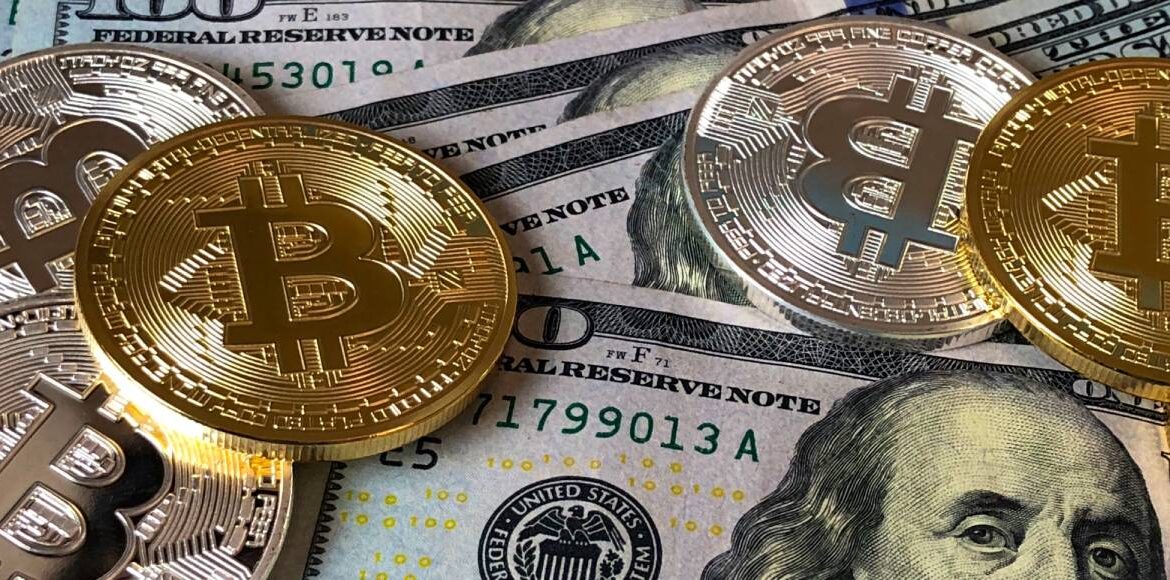C
C
Cryptoassets represent a disruptive innovation in the world of technology and of financial intermediation, gathering interest and curiosity. The origin was in 2009 as a digital or virtual currency that uses peer-to-peer technology to facilitate instant payments. There are multiple alternative digital currencies known as cryptocurrencies that use cryptography for their security making it difficult to forge. Bitcoin (code BTC or XTB) is the most famous cryptocurrency, the first in existence since 2009. There were created more than 5,000 alternatives in the web, but the 95% of them failed or created frauds without any control. On the contrary, some of the remaining 5% raised and lost their value with a high volatility, generating interest in the world of finance becoming an alternative asset class considering the technology that is used (the blockchain) and the increase of exchanges creating a real market segment.

They can be exchanged in a system based on the so-called blockchain. The peer-to-peer network, where the different nodes are not hierarchized as clients and servers, sorts transactions into groups called blocks and connects these blocks in a chain, hence the name blockchain.
T
T
They can be obtained by purchasing units from a private individual or as a tool for an exchange with goods or services: if the counterpart accepts it as a conclusive mean of payment. Otherwise, by buying them on an exchange, that is a site that accepts transfers in the flat currency (i.e. legal tender) and then allows you to buy bitcoins. The exchange becomes the intermediary, between those who want to buy and those who want to sell and receives a commission for its job.

The beginning of rules
A decree of the MEF sets first rules for the now invasive offer of crypto assets (o-currencies), in the web universe. In concrete terms, the offer on the Italian virtual territory must be subject to registration and provides for the obligation to register with a system managed by the OAM, the Body of Agents and Brokers, the same path that, in 2010, regulated the sector of the offer of consumer loans. The registry of virtual currencies will also record customer identification data and summary data relating to the overall operation of each service provider for the use of virtual currencies and digital wallet service providers for customers. The text of the decree proposes the same scheme used years ago to census, authorize and regulate money changers and money transfers. The frequency of communications is quarterly and will concern the identified names of customers and the individual transactions carried out.
T
T
The obligation to register will apply to those who carry out remote activities according to telematic methods, in and towards Italy, possibly also resorting to websites and applications that offer services in Italian. 90% of the activities of Italians take place on foreign platforms. Non-members risk the obscuring of the site. Italian operators already apply these measures. The decree comes at the same time as a general decline in the quotations, certainly not regulated, of crypto assets, taken of benefit suggested by the combined arrival of rules and a growing action from abroad of solicitation, advertising and induction with contents without shared methods and with technically untrue data and information.
The playing field sees non-financial competitors with self-regulation, operators who combine financial instruments with underlying crypto and a not well-known universe of platforms legally located in foreign countries not aligned in the legislation. The current risks, in addition to those related to the unfaithful management of savings, concern upstream and downstream money laundering activities; a combination that is not acceptable for volumes that are now massive.
A laudable initiative this decree, but with the risk of regulatory arbitrage in the absence of a parallel Community initiative. The blockchain can be a treasure chest without certain data or an unchangeable safe of real and unregular data.

Some final remarks
The Italian incoming rule is much more restrictive than the one in force in Europe and risks being substantially ineffective, precisely because of regulatory arbitrage. To date, the revenue from the taxation of crypto in Italy is very low, due to the fact that investors must self-report their profits in the tax return, if they hold digital currencies for a value that exceeds € 50,000 for at least 7 days in the calendar year. Indeed, the crypto sector moves a value that exceeds, at the highest price 3,000 billion dollars, the same amount managed by the Fed! The financial market control authorities, led by CONSOB, have long raised the problem of market protection and stability; cryptos are traded outside the markets, with transactions between individuals recorded on the blockchain and no one protects savers. However, we need a comprehensive solution, which defines the costs of adjustment and the benefits for users.
On the occasion of the G20 in Italy at the end of 2021 this issue was not even on the technical agenda, the Finance Track, confirming that the fear of losing business far exceeds the need to protect savers by large countries, such as the USA and the EU as well as in small ones. In world economic and financial policy, history repeats itself. In the 90s and 00s no financial authority took a clear position to control the unregulated growth of derivative contracts, responsible for having crumbled the entire global financial system in 2007. It was needed to prepare a parachute; it was only a matter of time! Do not throw away a challenging, risky virtual asset, but unsuitable for many. Handle with care and with the advise of independent advisors.

Giuseppe G. Santorsola
Full Professor of Asset Management
Corporate Finance and Corporate & Investment Banking
Parthenope University of Naples
Share











